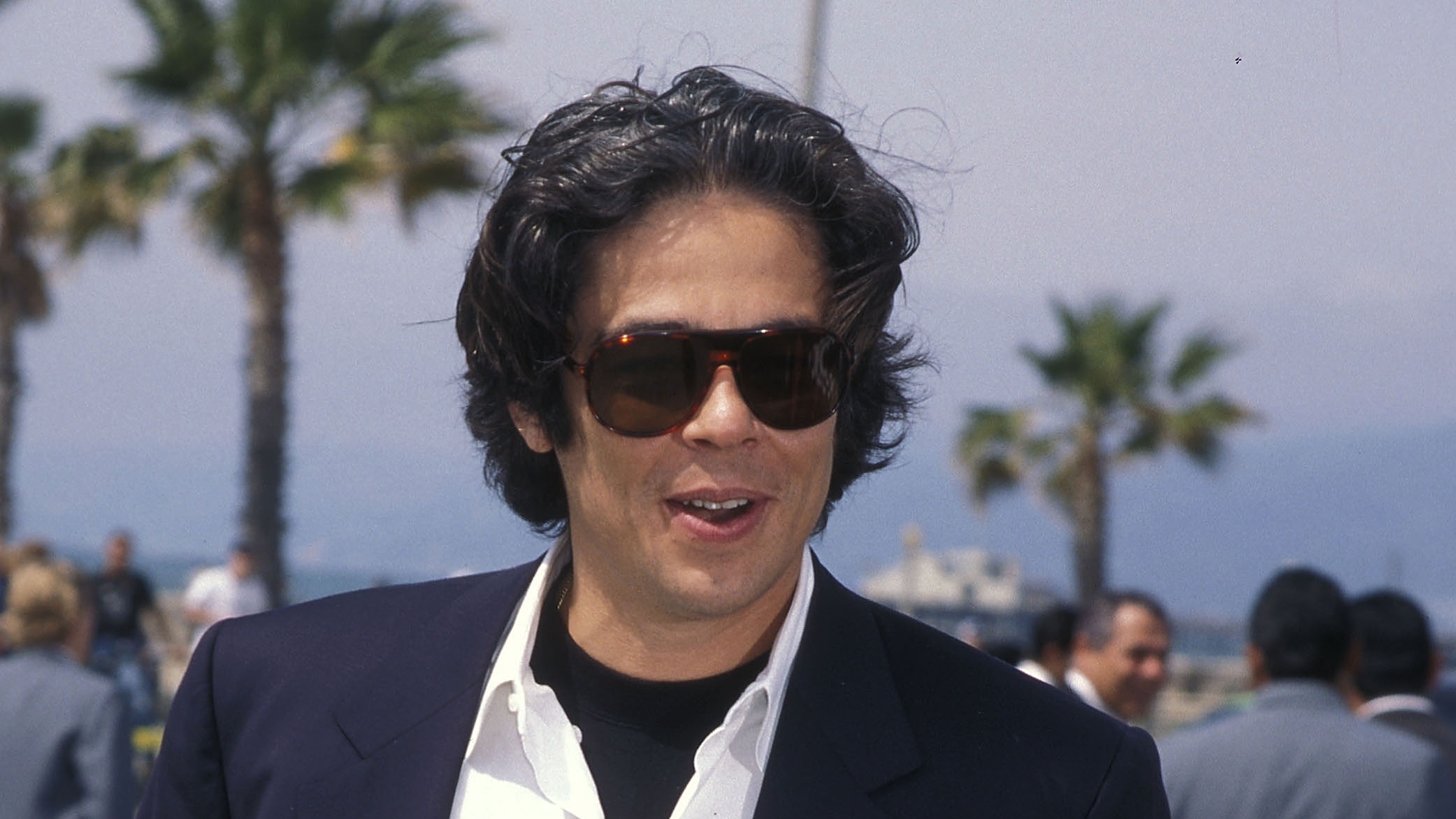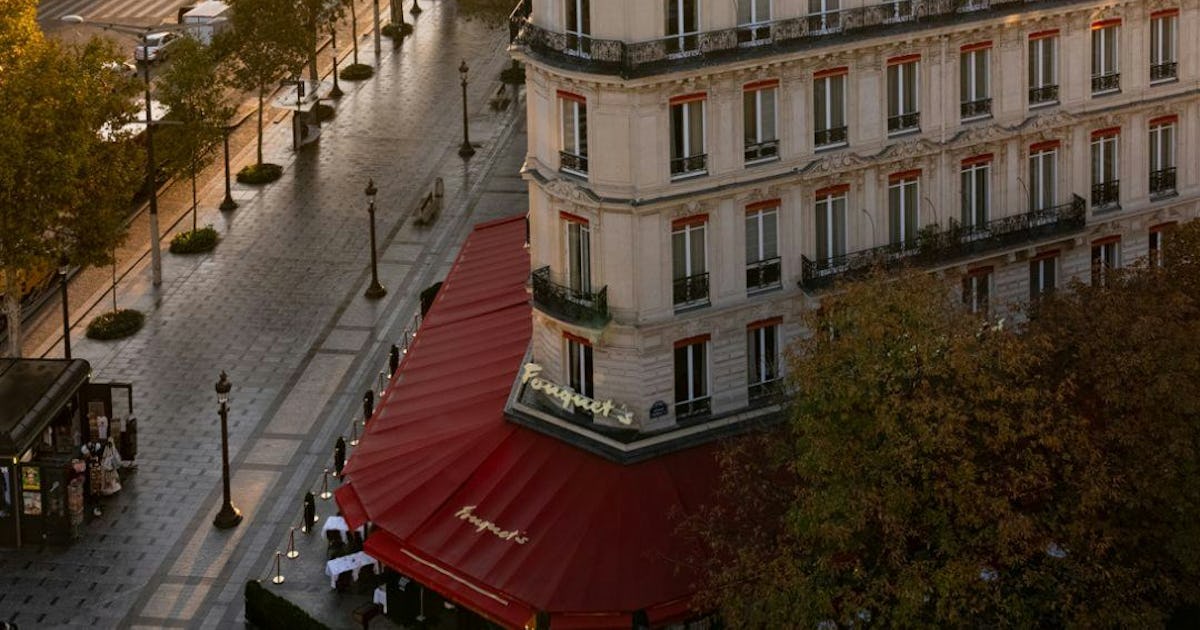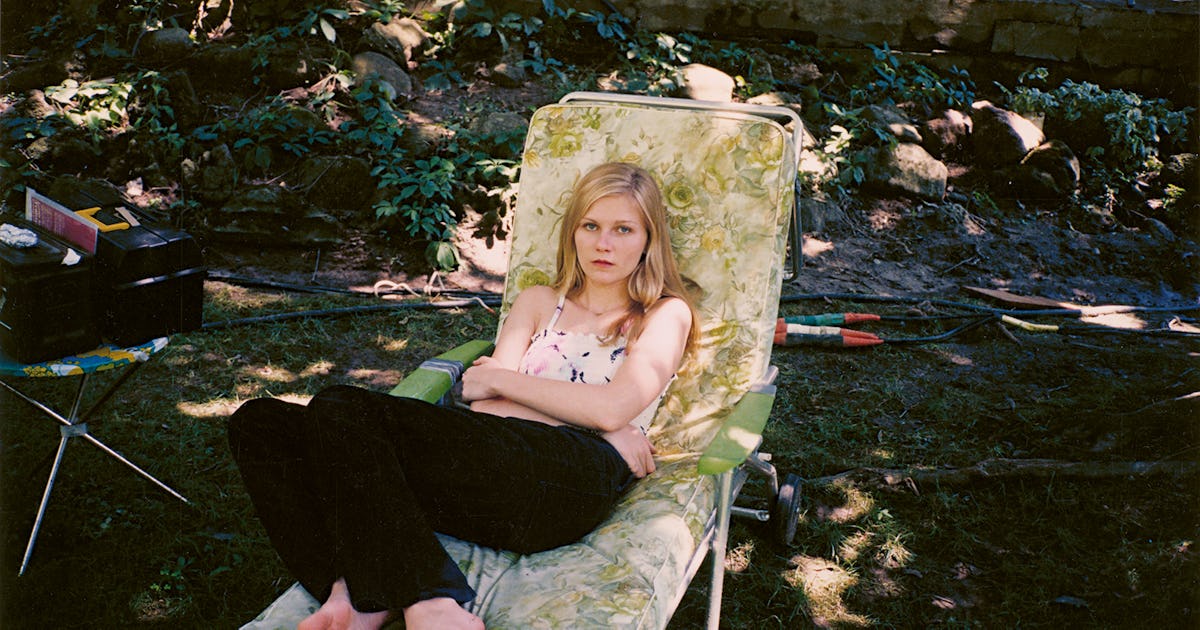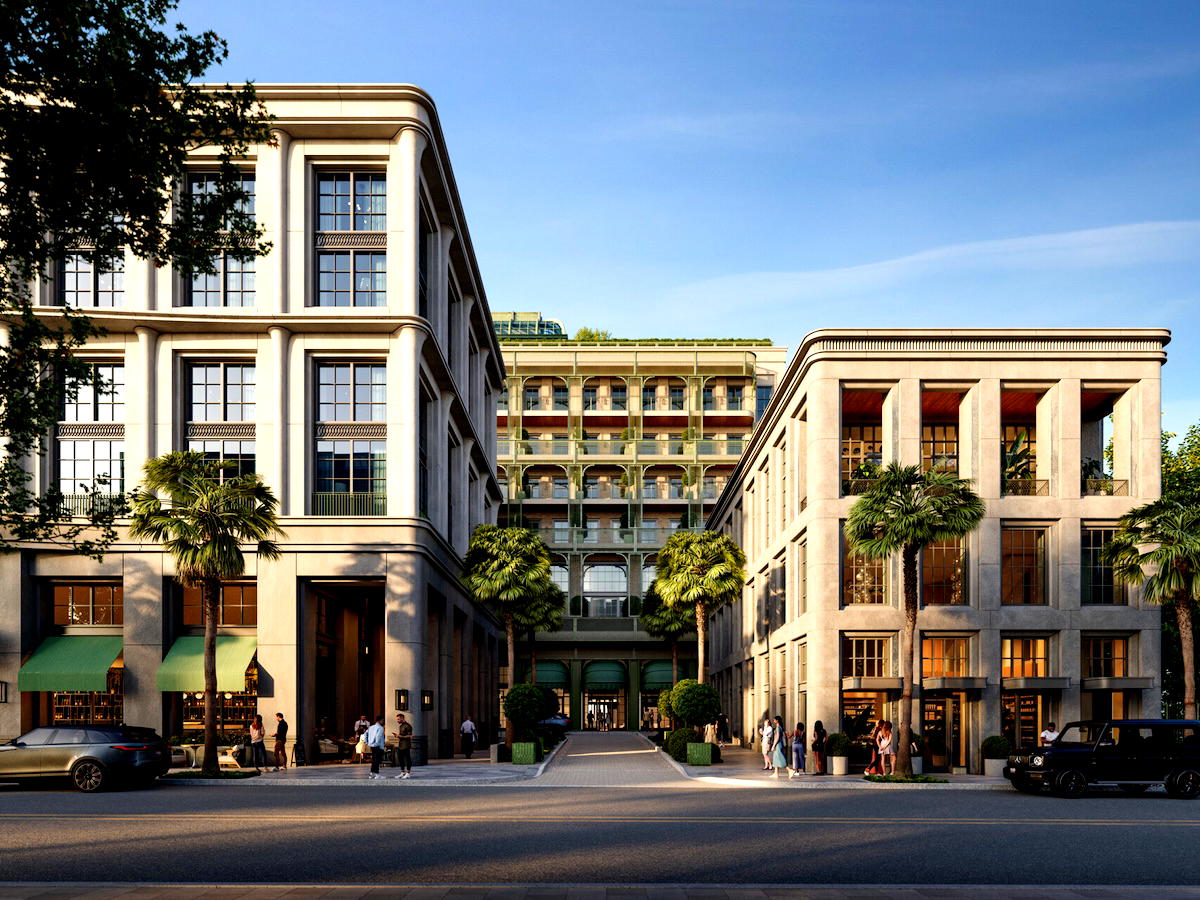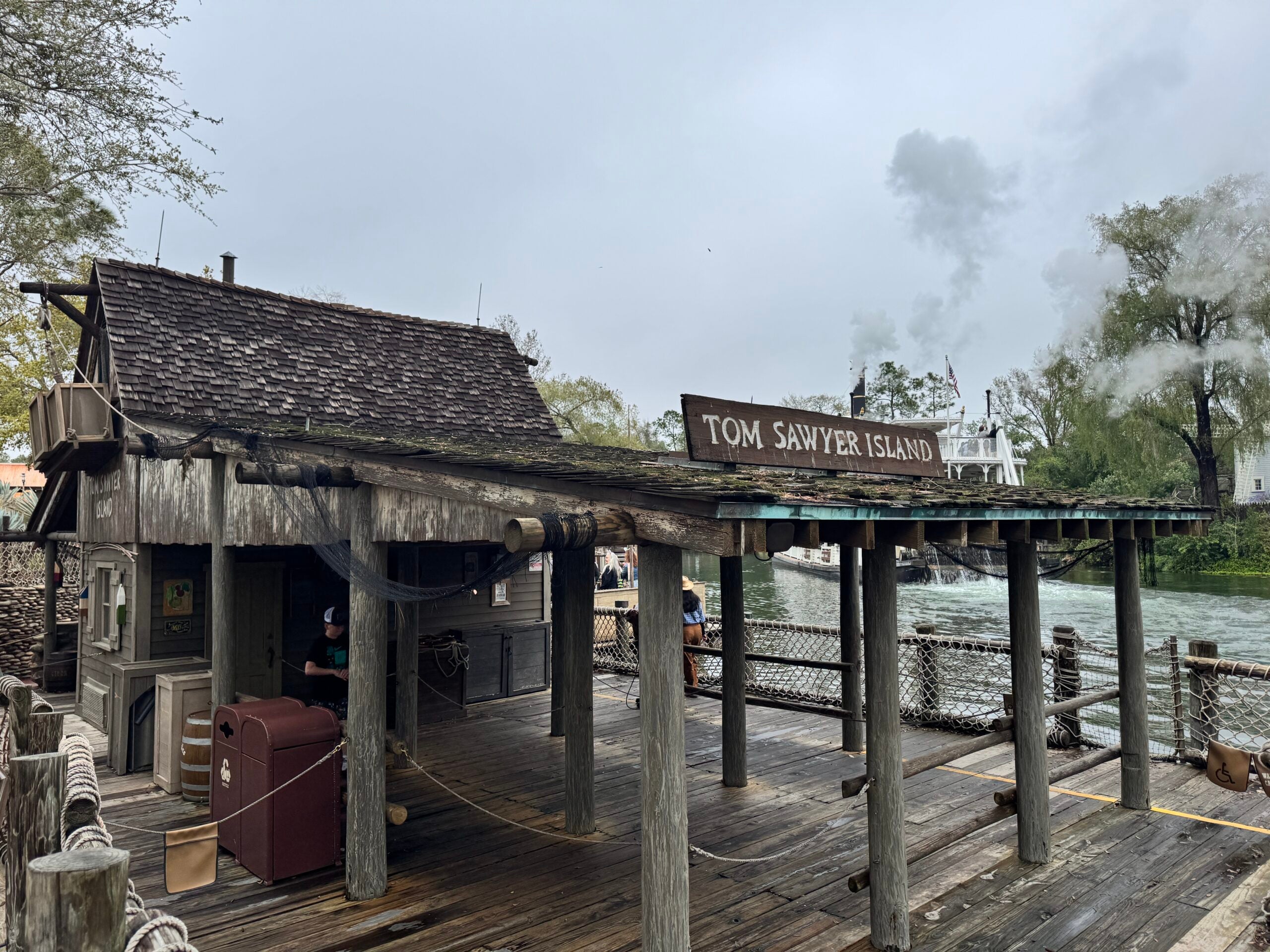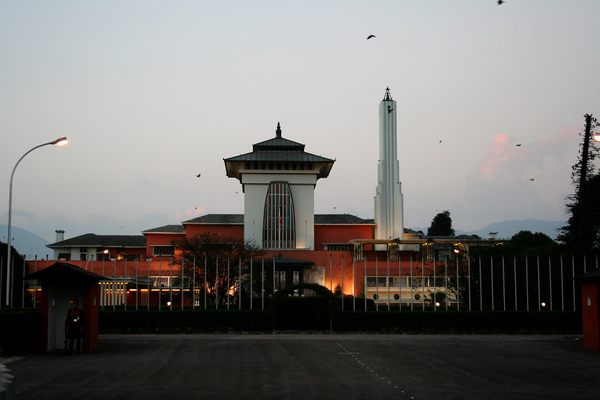10 Unexpected Places Where Creativity Shines in Toronto
It’s no secret that Toronto is a hub of imagination, where communities of forward-thinkers from diverse backgrounds intersect to give the urban landscape a uniquely inventive character. Beyond internationally recognized events, institutions, and artists like the Toronto International Film Festival, the Ontario College of Art and Design, and The Weeknd, there are unsung locations hidden throughout this vibrant city that speak to a creative undercurrent. From avant-garde public art installations and performance groups to museums and bookstores covering niche subjects to playful reimaginings of abandoned urban spaces, Toronto’s spirit of innovation is plain to see—as long as you know where to look. YOU’RE SUSPENDED Rosalie Sharp Centre For Design When the planning process for a new building on Ontario College of Art & Design’s campus began, neighbors were resounding in their concerns over two things: a loss of public space and their views onto Grange Park, a 200-acre greenspace in downtown Toronto. Architect Will Alsop’s solution was to elevate the building 85 feet off the ground. Doing so not only preserved precious ground space but created an altogether new plaza at the entrance to the park, which is close by to the Art Gallery of Toronto and the equally artistic Kensington Market. And seeing as even the tallest neighboring apartment was lower than 85 feet, no one lost their parkview. This pioneering solution proved an eye-catching one too, with the pixelated black-and-white tabletop structure being supported by colorful steel columns at odd angles. TIME CHECK Sundial Folly Not much is known about the creators of this enigmatic Sundial Folly found at the edge of Harbor Square Park along the Harbourfront just off of Queen’s Quay West—perhaps fitting for a structure that evades a straightforward purpose. While it’s called a sundial, it does little to convey the time of day. A bisected concrete sphere that sits in a pool of water overflowing into Lake Ontario, what the sphere does succeed in doing, however, is somehow simultaneously separating you from and attuning you to the surrounding park, harbor, and city. A wooden walkway allows visitors to stand suspended in the center of the sphere, with only a sliver of light and sound entering the hollow shape, reflecting and echoing against the half-graffitied walls. HONEY I SHRUNK THE COUNTRY Little Canada If you don’t have time to visit the entire country in one day, Little Canada is a time-effective means of travel. This 45,000-square foot exhibit hidden in a basement beneath the bustling Yonge-Dundas Square features painstakingly rendered 87:1 miniaturized scales of iconic cities and regions throughout Canada including (but not limited to) Little Niagara, Little Ottawa, Petit Quebec, Little Golden Horseshoe, and of course Little Toronto. Each location undergoes a 15-minute day cycle, allowing visitors to experience day and nighttime scenes. The attention to detail is stunning, with buildings crafted from true-to-life blueprints, hidden speakers emitting place-appropriate ambient soundscapes, and upwards of 40,000 human figures engaged in various activities. Before you leave, visit the Littlization Station to get a three-quarter inch model of yourself for the road. BOOKED OUT The Monkey’s Paw This antiquarian bookstore in Toronto’s Bloorcourt Village neighborhood is named after a W.W. Jacobs short story about mysterious circumstances with unexpected consequences. Indeed, most of the books available here qualify as exceedingly “unexpected.” Specializing in 20th century printed matter, obsolete opinions, and “pop detritus,” The Monkey’s Paw is known for carrying works on topics as varied as bread sculpture, mid-century manuals for babysitters, and string-figures from the Gilbert Islands, to name a few. The bookstore’s standout attraction is the world’s first random book-vending machine—the Biblio-Mat. Buy a $5 token from the front desk, insert it in the coin slot, and a random antiquarian title will be dispensed. IF THE SHOE FITS Bata Shoe Museum In showcasing the world’s largest collection of shoes and footwear-related objects, the Bata Shoe Museum tells the story of how humanity meets the world from the ankle-down. The showcase of over 12,500 pairs of shoes that spans 4,500 years is housed in a building designed to evoke—of course—a shoebox. It began as the personal collection of Sonja Bata who, from the 1940s on, gathered shoes more for their cultural value than to wear. The collection became a foundation, the foundation a museum in 1995. Visitors wind their way through time, from 6th century Egyptian sandals through 13th century Puebloan socks to ornate silver mules from 19th century India. Iconic celebrity shoes include Queen Victoria’s ballroom slippers, Robert Redford’s cowboy boots, Elton John’s monogrammed platforms, and more. LUSH LAIRS Allan Gardens Conservatory While Toronto’s weather is notoriously var

It’s no secret that Toronto is a hub of imagination, where communities of forward-thinkers from diverse backgrounds intersect to give the urban landscape a uniquely inventive character. Beyond internationally recognized events, institutions, and artists like the Toronto International Film Festival, the Ontario College of Art and Design, and The Weeknd, there are unsung locations hidden throughout this vibrant city that speak to a creative undercurrent. From avant-garde public art installations and performance groups to museums and bookstores covering niche subjects to playful reimaginings of abandoned urban spaces, Toronto’s spirit of innovation is plain to see—as long as you know where to look.

YOU’RE SUSPENDED
Rosalie Sharp Centre For Design
When the planning process for a new building on Ontario College of Art & Design’s campus began, neighbors were resounding in their concerns over two things: a loss of public space and their views onto Grange Park, a 200-acre greenspace in downtown Toronto. Architect Will Alsop’s solution was to elevate the building 85 feet off the ground. Doing so not only preserved precious ground space but created an altogether new plaza at the entrance to the park, which is close by to the Art Gallery of Toronto and the equally artistic Kensington Market. And seeing as even the tallest neighboring apartment was lower than 85 feet, no one lost their parkview. This pioneering solution proved an eye-catching one too, with the pixelated black-and-white tabletop structure being supported by colorful steel columns at odd angles.

TIME CHECK
Sundial Folly
Not much is known about the creators of this enigmatic Sundial Folly found at the edge of Harbor Square Park along the Harbourfront just off of Queen’s Quay West—perhaps fitting for a structure that evades a straightforward purpose. While it’s called a sundial, it does little to convey the time of day. A bisected concrete sphere that sits in a pool of water overflowing into Lake Ontario, what the sphere does succeed in doing, however, is somehow simultaneously separating you from and attuning you to the surrounding park, harbor, and city. A wooden walkway allows visitors to stand suspended in the center of the sphere, with only a sliver of light and sound entering the hollow shape, reflecting and echoing against the half-graffitied walls.

HONEY I SHRUNK THE COUNTRY
Little Canada
If you don’t have time to visit the entire country in one day, Little Canada is a time-effective means of travel. This 45,000-square foot exhibit hidden in a basement beneath the bustling Yonge-Dundas Square features painstakingly rendered 87:1 miniaturized scales of iconic cities and regions throughout Canada including (but not limited to) Little Niagara, Little Ottawa, Petit Quebec, Little Golden Horseshoe, and of course Little Toronto. Each location undergoes a 15-minute day cycle, allowing visitors to experience day and nighttime scenes. The attention to detail is stunning, with buildings crafted from true-to-life blueprints, hidden speakers emitting place-appropriate ambient soundscapes, and upwards of 40,000 human figures engaged in various activities. Before you leave, visit the Littlization Station to get a three-quarter inch model of yourself for the road.

BOOKED OUT
The Monkey’s Paw
This antiquarian bookstore in Toronto’s Bloorcourt Village neighborhood is named after a W.W. Jacobs short story about mysterious circumstances with unexpected consequences. Indeed, most of the books available here qualify as exceedingly “unexpected.” Specializing in 20th century printed matter, obsolete opinions, and “pop detritus,” The Monkey’s Paw is known for carrying works on topics as varied as bread sculpture, mid-century manuals for babysitters, and string-figures from the Gilbert Islands, to name a few. The bookstore’s standout attraction is the world’s first random book-vending machine—the Biblio-Mat. Buy a $5 token from the front desk, insert it in the coin slot, and a random antiquarian title will be dispensed.

IF THE SHOE FITS
Bata Shoe Museum
In showcasing the world’s largest collection of shoes and footwear-related objects, the Bata Shoe Museum tells the story of how humanity meets the world from the ankle-down. The showcase of over 12,500 pairs of shoes that spans 4,500 years is housed in a building designed to evoke—of course—a shoebox. It began as the personal collection of Sonja Bata who, from the 1940s on, gathered shoes more for their cultural value than to wear. The collection became a foundation, the foundation a museum in 1995. Visitors wind their way through time, from 6th century Egyptian sandals through 13th century Puebloan socks to ornate silver mules from 19th century India. Iconic celebrity shoes include Queen Victoria’s ballroom slippers, Robert Redford’s cowboy boots, Elton John’s monogrammed platforms, and more.

LUSH LAIRS
Allan Gardens Conservatory
While Toronto’s weather is notoriously variable, the temperature inside the 16,000-square foot Allan Gardens Conservatory greenhouse is steady year round. Open 365 days a year with free entry to boot, the oldest park in the city is also centrally located in the heart of downtown—and yet it offers a verdant means of urban escape. The facility includes distinct greenhouses dedicated to various climates. The arid house showcases rare succulents and cacti; a tropical house is packed with birds of paradise, climbing vines, and bromeliads as well as a waterfall with basking turtles; a temperate house contains azaleas, rhododendrons, and Japanese maples draped over a koi pond; while a children’s conservatory showcases sunflowers, daisies, and other iconic plant life.

WET PAINT
Graffiti Alley
For much of Toronto’s history, Rush Lane—running parallel to the upscale, commercial Queen Street West—was primarily used for deliveries and garbage collection. Only in the 1990s, when local graffiti artists began using every flat surface therein as a canvas for their work, was the derelict alleyway set on a path that would one day make it an international destination for street art. The one-kilometer long stretch known as Graffiti Alley has been ever-changing, with first smaller, unsanctioned, guerilla pieces giving way in time to larger, legal murals by iconic local artists like Duro The Third, uber5000, and ELICSER. This open-air gallery experience is free to the public and often hosts street festivals in warmer months.

FREE ENERGY
Power Plant Contemporary Art Gallery
A testament to Toronto’s spirit of resourcefulness, this massive Power Plant Contemporary Art Gallery showcasing both Canadian and international contemporary art was repurposed from an industrial structure built in 1926. The building originally housed the heating and cooling machinery that serviced the nearby Toronto Terminal Warehouse, operational until 1980 at which point the nascent gallery was invited to renovate the former powerhouse. The smokestack and brick facade were retained, with efforts focused on maximizing window space to allow views onto Toronto’s Inner Harbor. To celebrate its 25th anniversary, the gallery introduced its All Year All Free policy which allows public entry and access to all exhibits free of charge.

BRICK BY BRICK
Evergreen Brick Works
On the banks of the Don River north of Cabbagetown, this lush Evergreen Brick Works green-space and urban revitalization project is a recreation-packed nod to Toronto’s industrial past and its innovative future. The city converted the former brickmaking complex—active from 1889 to 1984 when the shale quarry here was depleted—into a public park, home to a diverse array of wildlife and a number of outdoor activities. Hike or bike a series of scenic trails, peruse the children’s garden, visit one of the park’s public art installations, and in the colder months, go for a skate in the park’s outdoor rink. Shop at the on-site garden market (open daily) or pop into the farmer’s market (every Saturday morning) to see locally harvested produce.




































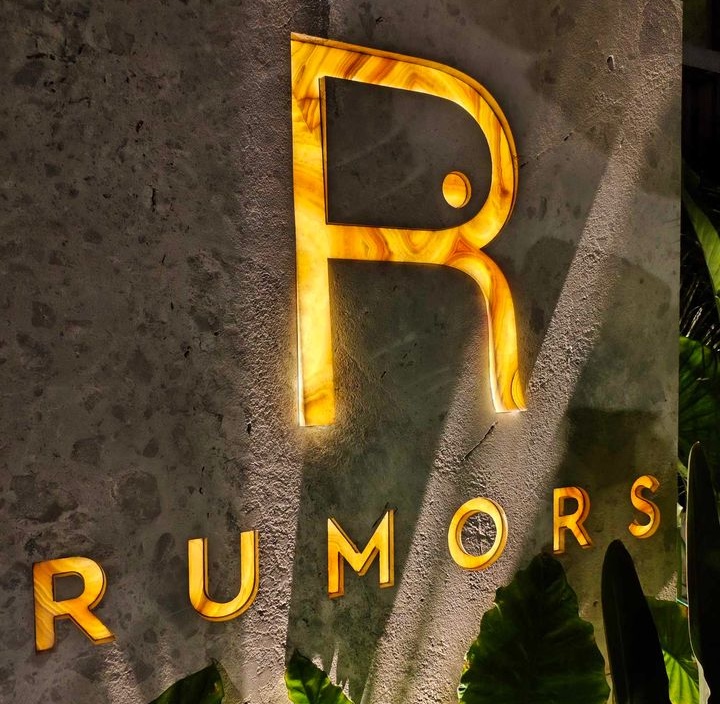























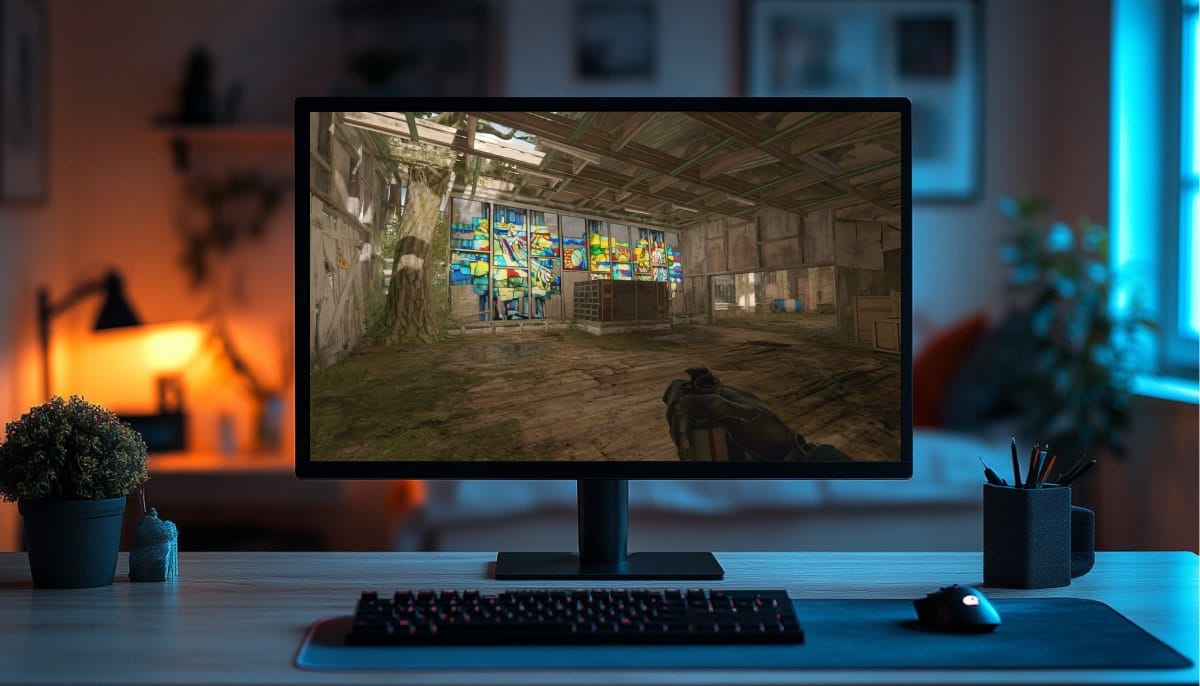



.png?width=1920&height=1920&fit=bounds&quality=70&format=jpg&auto=webp#)





























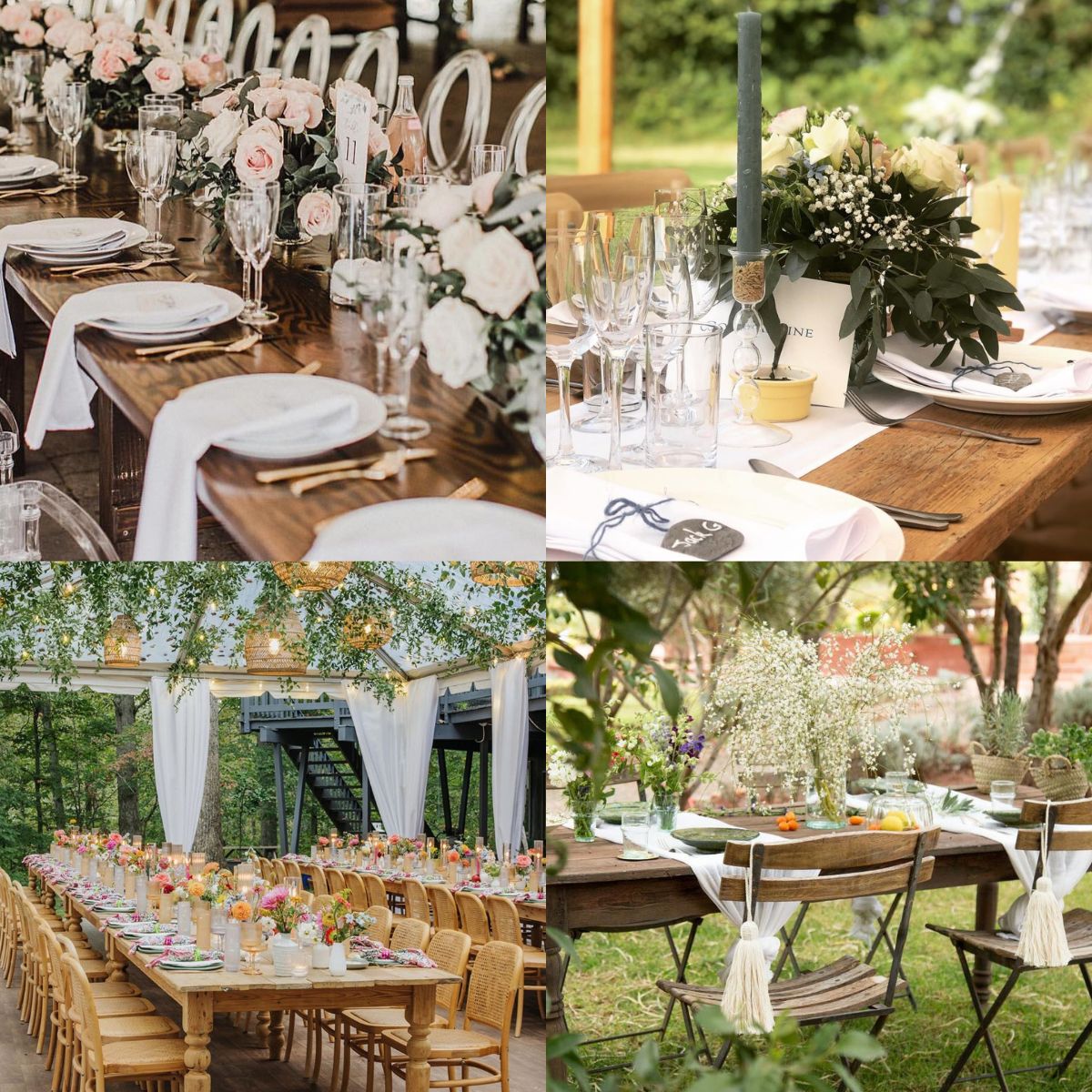















































































.jpeg)



%20928-5749.jpg)


